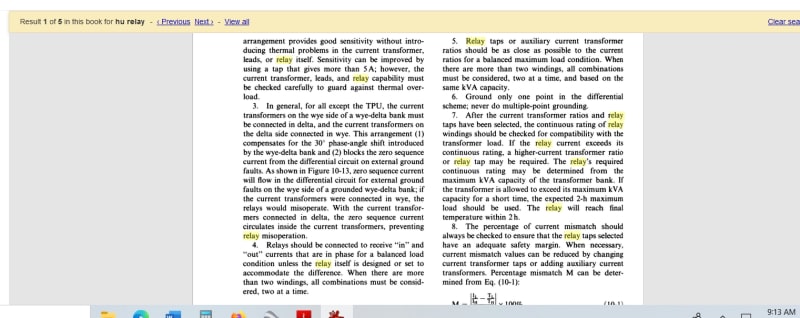Magnitudes are going to depend on system and transformer impedances. I attached a figure showing just zero sequence currents for a fictitious wye/wye/delta transformer, so hopefully this helps. If you had CTs on the 1.7pu side, each CT secondary would see 1.7pu @ 0 degrees. If connected in delta, the lead between the bottom and middle phase going to the relay would be +/-[(middle phase sec current) - (bottom phase sec current)] (depending on the delta orientation). So the three leads to the relays from a delta connected set of CTs effectively are providing line to line quantities to the relay. Since zero sequence by definition is the same magnitude and angle in all three phases, calculating line to line quantities will inherently remove them (1.7pu @ 0 degrees - 1.7pu @ 0 degrees = 0).
Since positive and negative sequence currents are balance three phase (with opposite rotation), they aren't cancelled by the delta connection. You're right, for a close in ground fault near a transformer with a grounded neutral you will typically see a lot of zero sequence current but if you have a lot of zero sequence, you typically will have plenty of positive and negative sequence currents too. More doesn't necessarily help. In the days of EM relays, it was prohibitively complex to include the zero sequence currents, too, in each of three operate and restraint quantities - you'd need to take the neutral current, divide by three, and sum into the operate and restraint windings; this would take an additional special transformer in the relay to separate the three portions out, and add an additional operate and restraint input to the torque calculating element. Double this for a wye/wye/delta with an X0 and H0. For a typical two-winding relay this is very nearly twice the relay parts you'd need to make it work, so twice the complexity for no clear benefit most of the time.
There are functions in modern relays that do use the neutral current, such as REF (restricted earth fault protection); I recall attending a conference where the presenter was arguing for a relay algorithm that would include the zero sequence current for higher sensitivity but I believe it needed to be slowed down a bit more than traditional differential elements; REF tends to be slower, too. If you really need the additional sensitivity, something like a sudden pressure or Buchholz relay will probably be as good or better.

